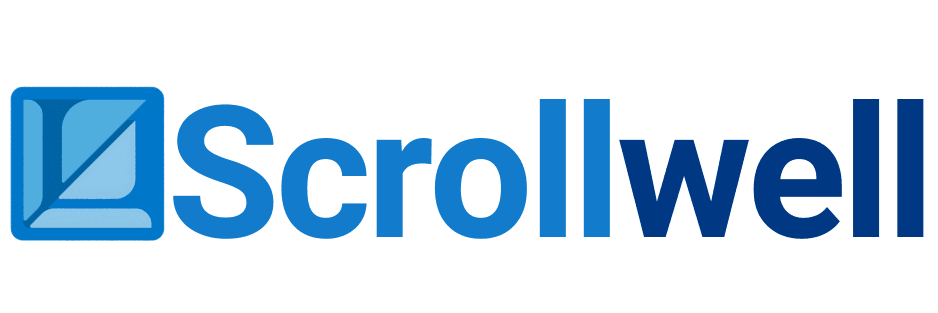ATAL FDP Proposals Format: Complete Guide for Faculty
Faculty Development Programs (FDPs) under the AICTE Training and Learning (ATAL) Academy have become vital for upgrading teaching skills in higher education. To organize one, institutions must submit an ATAL FDP proposal format approved by AICTE. This format ensures that proposals are well-structured and meet AICTE’s expectations. In this guide, we will break down the format and provide useful tips for faculty and institutions.
Why the ATAL FDP Proposal Format Matters
Submitting an FDP proposal is not just about filling in details. It reflects your institution’s vision, readiness, and capacity to deliver impactful training. A clear, structured proposal format helps AICTE evaluate applications fairly and transparently. Moreover, institutions that follow the correct format increase their chances of approval.
Key Sections of the ATAL FDP Proposal Format
When preparing the proposal, institutions must include these essential sections:
1. Basic Information
This section introduces the foundation of your proposal. It includes the institution’s name, address, program title, and proposed dates. You must also specify the discipline or department hosting the FDP. Providing accurate details here ensures AICTE can verify the credibility of the institution.
2. Program Objectives
Here, institutions should clearly articulate why the FDP is being proposed. Objectives might include equipping faculty with AI-driven teaching methods, enhancing subject-specific knowledge, or fostering interdisciplinary research skills. Strong objectives show alignment with AICTE’s mission of improving the quality of technical education.
3. Target Audience
Define the faculty group the FDP is intended for—such as young faculty members, mid-career professionals, or senior academicians. Mention the teaching levels (UG/PG) and relevant domains. Being specific helps AICTE assess the relevance of the program to current educational needs.
4. Session Plan
This is one of the most critical components of the proposal. Institutions should present a tentative day-wise schedule, including session titles, resource persons, and interactive workshops. Highlight innovative teaching strategies, panel discussions, and hands-on learning activities. A well-structured session plan shows preparedness and professionalism.
5. Collaboration Details
AICTE encourages collaborations that bring diversity and expertise. Institutions must outline any partnerships with industry leaders, research labs, or international universities. For example, inviting a resource person from an IT company for a session on emerging technologies can strengthen your proposal.
6. Expected Outcomes
This section emphasizes what faculty will gain from the FDP. Outcomes should be specific and measurable, such as:
- Improved understanding of AI and digital tools in classrooms
- Publication-ready research insights
- Development of innovative teaching-learning modules
- Enhanced employability skills among students (indirect benefit)
Common Mistakes to Avoid in Proposal Writing
- Submitting incomplete information
- Using vague objectives without measurable outcomes
- Missing collaboration details
- Delaying submission beyond AICTE deadlines
By avoiding these errors, institutions improve their chances of selection.
Scrollwell’s Role in Faculty Development
At Scrollwell, we actively support educators through high-quality faculty development programs. Our upcoming FDPs focus on innovative teaching strategies and generative AI in academic research, designed to prepare educators for the digital age. You can explore them here: Scrollwell Programs.
Conclusion
Preparing an ATAL FDP proposal format requires attention to detail and alignment with AICTE’s objectives. Institutions that carefully structure their proposals stand a stronger chance of receiving approval. By following this guide, you can streamline your proposal submission and contribute meaningfully to faculty development in India.
Join the Scrollwell WhatsApp Community
Get timely updates on faculty jobs, FDPs, research opportunities, and professional development resources. Connect with a growing network of educators across India.
Join WhatsApp


